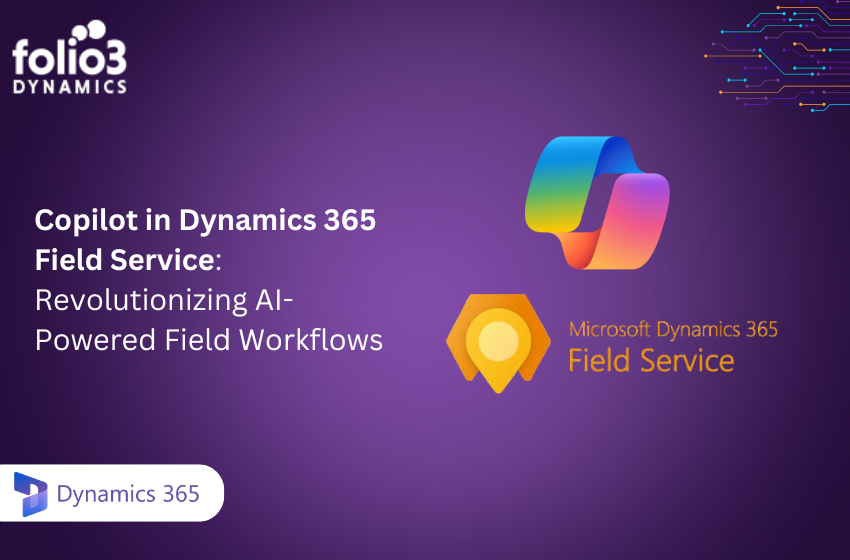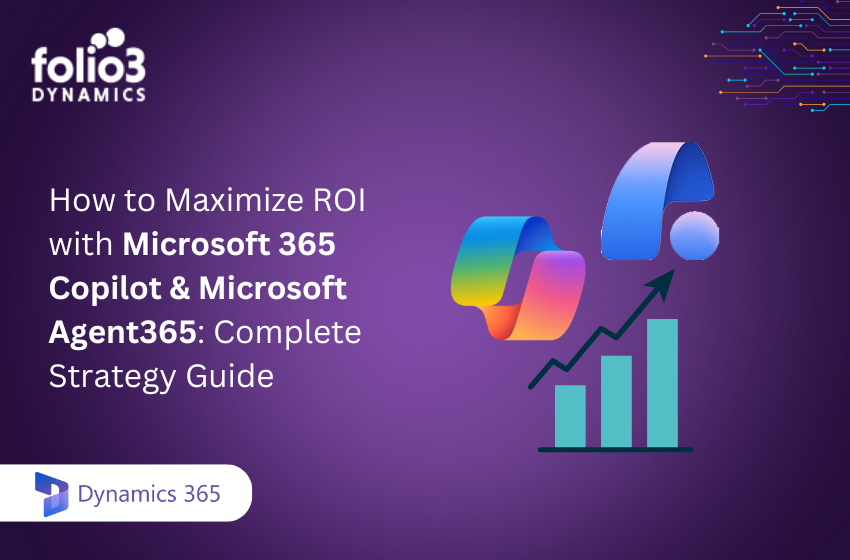SaaS (Software as a service) is a cloud-based application that can be accessed online rather than installing an application on individual devices. This means companies do not have to invest the time in installing or maintaining software physically.
This business model brings countless benefits which explain why more and more businesses and companies are switching to the SaaS model.
The SaaS industry has grown 5 times its size over six years. In 2015, it was valued at $31.5 billion, and currently, it is worth $145.5 billion.
According to a recent study, companies with over a thousand employees use more than 150 SaaS applications which allows them to offer exceptional services and stay ahead of their competitors.
However, the implementation of the latest technology in an enterprise does not come without challenges, especially if the technology is new.
In this case, SaaS Implementation Challenges, and Pitfalls could reduce the likelihood of the software yielding the expected positive outcomes.
Benefits of Moving to a SaaS Model
It has been estimated that more than 33% of companies have increased the number of SaaS applications than what they were using back in 2016.
But why should an enterprise consider moving to a SaaS model? There are several reasons why SaaS implementation could be the right solution for your company:
- Quick to Launch:
Time is a valuable resource and is no less than money or capital. Compared with traditional software, SaaS minimizes the delays that are a consequence of software deployment.
This is because, unlike your traditional software, SaaS is already installed in the cloud which means a business can put it to use immediately, often right after paying a subscription fee.
Right after the SaaS app development is complete, it is ready to use without requiring any additional time for installation or fixing unprecedented issues that may arise with hardware.
- Capacity and Scalability:
SaaS grows with a company. In other words, no matter how much the software’s usage expands within a business, there is no need for organizations to worry about capacity.
With just a click of a button, clients can acquire more storage on the platform. Plus, multiple new users can be added without purchasing additional physical software.
- Lower Costs:
Software as a service model is lower in cost compared to traditional software. Since businesses are not required to invest in additional hardware to continue using SaaS apps, the cost of maintenance is reduced significantly.
Plus, SaaS is cloud-based which means it is updated often, according to the latest business requirements.
This means the need to purchase the latest version of the software is eliminated entirely, regardless of location, the need for onsite visits is minimized which further reduces costs for businesses.
- Greater Customer Loyalty:
SaaS is all about equipping businesses with tools that not only raise their efficiency levels but also help them increase customer loyalty.
The apps allow businesses to communicate with clients more effectively which increases client engagement and leaves a good impression of your company.
- Better Control
Thanks to the real-time metrics provided by the SaaS model, users have greater control over business processes and can evaluate the activity of their clients.
This allows them to improve your overall business activity, and adapt to their needs thanks to the detailed metrics and evaluation that SaaS apps provide.
11 Essential Steps for Implementing SaaS
The process of SaaS implementation and integration can be quite complicated.
To ensure SaaS implementation is as seamless as possible, a business needs to identify and evaluate business needs, the budget of the enterprise, benefits, limitations, goals, and much more!
The implementation process can begin as soon as SaaS Implementation Plan and Best Practices have been identified.
Here are some of the best practices that let you maximize the benefits you can take from software as a service:
- Analyze the Market
There are plenty of SaaS apps out there each of which offers a host of different features and capabilities. This makes it harder for businesses to select the right SaaS solution for their organization.
Conducting effective market research will not only help identify the numerous options out there but also give the organization an idea of the features and capabilities that are commonly offered by SaaS apps.
Plus, staying in touch with the market enables businesses to stay ahead of the competition and keep a close eye on what they are implementing.
This could also narrow down the choices each business has since their competitor would be using something similar to what the organization requires.
- Identify Business Requirements
Like we stated earlier, most SaaS apps have several common features. This makes it even more challenging to select the right one.
This makes it a good idea to assess the risks that are associated with using a certain SaaS app. Hence, you can understand what areas your business needs to improve in. This can further help you to decide what kind of SaaS app is best suited for your organization.
Considering your future needs and goals can also help decide what SaaS solution is best for you.
- Set a Budget
The most important aspect to consider when choosing a SaaS solution is how much you can afford to spend on an app. This is what will set you apart from competitors.
Reliability and scalability are also the two most important aspects to consider. Often, SaaS apps are based on pricing models. Some of the most common ones are listed below:
- Price based on usage: payment made according to usage patterns
- Price based on features: pricing varies according to the features chosen by a business
- Pricing based on active users: payments are made according to the number of users
- Fixed-rate: a fixed annual or monthly rate is charged according to plans offered by the platform
- Freemium: users are not required to pay initially but in order to access all features, a business must upgrade to premium.
- Evaluate Technical Aspects
The needs of every business are unique and so is the audience each company caters to. This means each enterprise has different technological requirements.
Selecting the right SaaS app depends on the technological capabilities of the app. In other words, does the app equip you with the tools that you need for your business?
Is the app capable enough to meet your requirements? Does it offer customizability? If so, to what extent is it customizable?
All of these aspects are essential when it comes to selecting the right SaaS app and Choosing the Right Implementation Approach for SaaS.
- Assess Features and Functionalities
The features and functionalities that you bring to the table with your chosen SaaS must be easy to operate for employees and satisfy your business requirements, at the same time.
It is a good idea to get to know what your business needs most and then look for the SaaS app that fits your criteria and boosts productivity as well as strengthens relations with clients.
But you must also look out for what your employees can work best with. There is no point in investing in an application that has a very confusing user interface!
- Establish Ownership
Since most businesses depend on cloud-based platforms, software, and several apps, digital literacy among employees has increased.
Consequently, any employee could procure a SaaS app without the approval of the IT department.
This leads to an unnecessarily higher cloud spend and overlapping apps which could adversely affect the business’ productivity.
Considering this, recruiting a specialist software implementation is crucial to implementing the SaaS model in your company.
It is recommended for the smaller companies to have at least two members in a team out of which the administrator should preferably be an IT expert. This specialist must be experienced in working with vendors.
But What to Consider When Implementing Software as a Service for a larger company? A bigger team is a necessity for larger companies that are transitioning towards the SaaS model.
In addition to this, an individual or team should also be recruited for change management, also known as the steering committee.
- Make Targeted Plans
The established teams for both small and large companies come up with an implementation plan.
This is also referred to as the ‘implementation roadmap’ which consists of the goals set by the team as well as the metrics that enable the company to track how successful SaaS implementation has been.
The scope of the adoption and setting the level of utilization that needs to be achieved within a given duration is imperative to implementing the SaaS model.
The implementation roadmap needs to state which departments within a business would be the first to adapt to the new software.
A SaaS management platform usually shows off a tracking visualization tool that allows companies to track individual goals as well as the eventual outcome.
Hence, the company can keep an eye on whether the utilization rate is optimum and if any improvements are required.
- Encourage Adoption:
To make any changes in a company, it is necessary to have everyone on board.
One way to do this is to share and highlight the benefits of adopting SaaS. This will encourage departments to adapt much faster.
It’s also essential to monitor
It is crucial to use a change management methodology that has proven to be successful in the past.
The key to avoiding any roadblocks is excellent communication and proper documentation so even business stakeholders are on your side.
- Smoothen the Transition
Change is not easy, especially if it impacts a large number of people or departments within a business.
This is the reason why the majority of large-scale businesses tend to hire experts that help with change management.
Not just teams but also individual employees need to adapt to the change as seamlessly as possible so overall productivity of the company is not affected. The best way to accomplish this is to work with the new tools utilized by the company.
- Track Adoption and Monitor Impact on Business
The utilization of the new tool in all departments within a business would require huge encouragement to all teams so they utilize the new tool.
Tracking how your company is adopting the SaaS model is integral to a successful and smooth transition.
Barriers to change might stagnate SaaS which means you won’t see success the minute all of your departments adopt SaaS. the key is to keep a close check on all departments and identify where additional training is required.
Once SaaS has been implemented fully, it is crucial to monitor its impact on the business. Positive outcomes don’t need to be evident with your initial roll-out plan.
In other words, documenting your progress and tracking how the tool is impacting your business performance, budget, and culture is vital for success.
- Consistently Improve and Optimize
Even after successfully Implementing Software-as-a-Service (SaaS), your difficult times are not over!
This is because SaaS tools need to be monitored consistently and leaning back is not an option just yet. When you have implemented SaaS in your business, it is time for you to monitor closely how it is impacting your business.
Consequently, businesses can identify what works best and what doesn’t, which allows them to evaluate what measures need to be taken to overcome the problem.
It is ideal for a business to hire an enterprise architect. The expert comes up with effective SaaS solutions for the optimization of the tool to generate required results.
Conclusion:
Change is never easy, especially when it comes to adopting new technology SaaS implementation that yields better results. However, with the right approach, a business can make the most of SaaS implementation.
It is crucial for the business to develop an implementation roadmap that covers the intentions, goals, requirements, and budget of the business.
The key is to assess what your business needs, choose a SaaS app accordingly, and then monitor how well your business adapts to it. You must also keep a close eye on who needs improvement and training. This will guarantee a successful implementation of SaaS.


